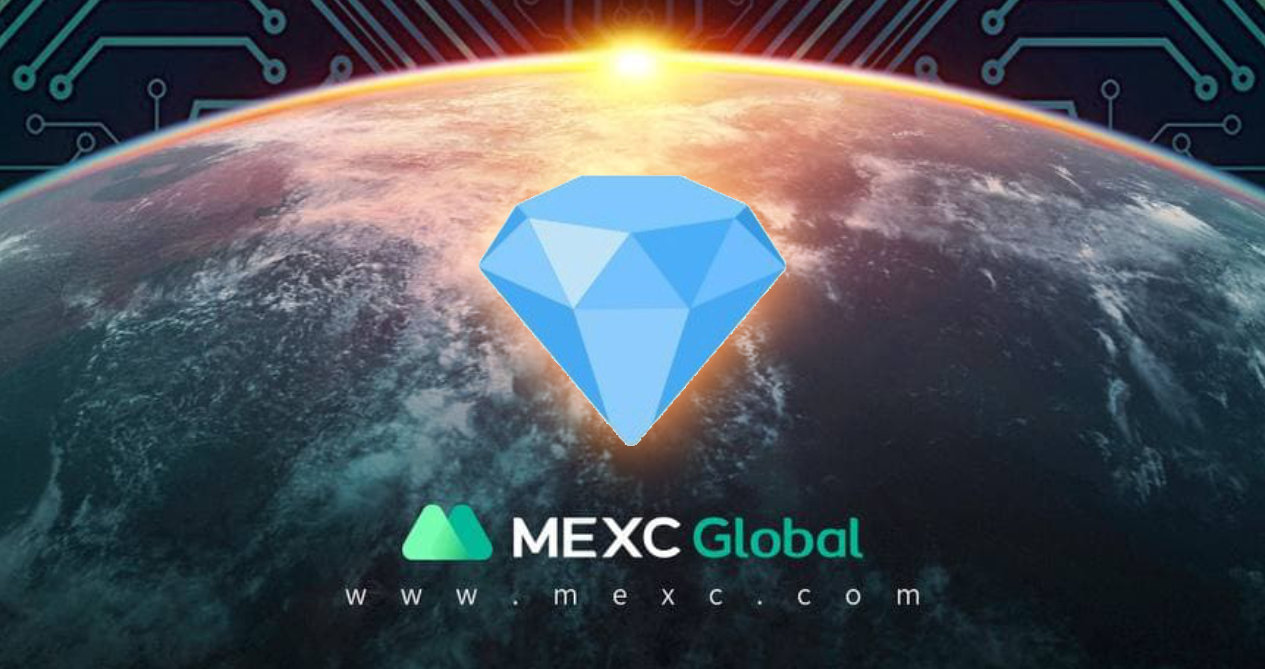Learn about Arbitrum – a Layer 2 scaling solution for Ethereum that aims to increase transaction throughput and efficiency while maintaining security.

Introduction
In blockchain technology, scalability has always been a major challenge. Ethereum, the world’s second-largest cryptocurrency network, has struggled with high transaction fees and slow confirmation times due to its limited capacity. In response, various Layer 2 scaling solutions have emerged, and one of the most promising among them is Arbitrum. But what exactly is Arbitrum, and how does it work?
In this article, we will delve into the details of Arbitrum, its features, benefits, and drawbacks. We will also look at the potential impact on the future of decentralized finance (DeFi) and blockchain technology. Whether you’re a seasoned crypto enthusiast or a newcomer, read on to learn all you should know about Arbitrum.
What is Arbitrum
Arbitrum is a Layer 2 scaling solution for Ethereum that uses Optimistic Rollups to increase transaction throughput and efficiency while maintaining the security of the Ethereum network. It enables faster and cheaper transactions by processing them off-chain and submitting them to the Ethereum mainnet in batches. This helps to alleviate congestion and reduce gas fees, making it more accessible for users to interact with decentralized applications (dApps) on the Ethereum network.
Features of Arbitrum
Arbitrum has several key features that make it a promising Layer 2 scaling solution for Ethereum:
- Optimistic Rollups: Arbitrum uses Optimistic Rollups to process transactions off-chain and submit them to the Ethereum mainnet in batches, significantly increasing transaction throughput and reducing gas fees.
- Smart Contract compatibility: Arbitrum is compatible with Ethereum smart contracts, making it easy for developers to deploy dApps on the network and for users to interact with them using their existing Ethereum wallets.
- Trustless security: Arbitrum uses a unique fraud-proof mechanism to ensure the security of transactions on the network without relying on trusted validators or third parties.
- Fast finality: Transactions on Arbitrum settle within minutes, making it suitable for high-frequency trading and other time-sensitive applications.
- Decentralized governance: The Arbitrum network is governed by its community of users, with decisions made through a decentralized governance process that ensures transparency and fairness.
Benefit of Arbitrum
Arbitrum offers several benefits for users, developers, and the Ethereum ecosystem as a whole:
- Increased scalability: Arbitrum enables faster and cheaper transactions by processing them off-chain, allowing for increased scalability of the Ethereum network.
- Lower gas fees: With Arbitrum, users can enjoy lower gas fees, making it more accessible to interact with dApps on the Ethereum network.
- Improved user experience: The faster transaction times and lower gas fees provided by Arbitrum result in a better user experience, making it more convenient to use decentralized applications.
- Developer-friendly: Arbitrum’s compatibility with Ethereum smart contracts makes it easy for developers to deploy dApps on the network and attract users to their platforms.
- Security: The fraud-proof mechanism used by Arbitrum ensures the security of transactions on the network without compromising the decentralized nature of the Ethereum ecosystem.
Drawbacks of Arbitrum
While Arbitrum offers several benefits, it also has some potential drawbacks that are worth considering:
- Centralization risk: While Arbitrum aims to maintain the decentralized nature of the Ethereum network, its use of Optimistic Rollups may introduce some centralization risk if a large portion of transactions is processed through a small number of validators.
- Limited compatibility: While it is compatible with Ethereum smart contracts, some advanced features are still not supported. This could potentially limit the functionality of certain dApps on the network.
- Complexity: Implementing Arbitrum’s fraud-proof mechanism may be complex for some users, potentially hindering adoption.
- Dependency on Ethereum: While it aims to improve the scalability and efficiency of the Ethereum network, it still depends on the underlying infrastructure of Ethereum. Therefore, it is vulnerable to any issues or limitations of the Ethereum network.
The Potential Impact of Arbitrum on the Future of DeFi and Blockchain Technology
Arbitrum has the potential to significantly impact the future of decentralized finance (DeFi) and blockchain technology as a whole. Arbitrum can help to address some of the major challenges hindering blockchain adoption. The most common issue is high transaction fees and slow confirmation times.
With Arbitrum, users can enjoy faster transaction times and lower gas fees. It is more accessible for them to interact with dApps on the Ethereum network. This could lead to increased adoption of DeFi applications and other use cases for blockchain technology. We might even see adoption in supply chain management and digital identity.
It also has the potential to encourage further innovation and development in the DeFi space. By providing a more efficient and scalable infrastructure, developers can focus on building more advanced and sophisticated applications, potentially unlocking new use cases and driving further growth in the ecosystem.
Finally, its impact on the future of DeFi and blockchain technology will depend on its adoption and continued development. Still, its potential to address scalability and efficiency challenges makes it a promising solution for the industry’s future.
Conclusion
Arbitrum is an Ethereum Layer 2 scaling solution that uses Optimistic Rollups to increase transaction throughput and efficiency. At the same time, it maintains the Ethereum network’s security. Arbitrum can impact the future of DeFi and blockchain technology significantly. It has the potential to address some of the major barriers to adoption. It can also encourage further innovation and development in the space. Its ability to provide a more efficient and scalable infrastructure could open up new use cases and propel the ecosystem forward. Therefore, it is a promising solution for scaling Ethereum and enabling faster, cheaper, and more efficient network transactions.
Personal Note From MEXC Team
Check out our MEXC trading page and find out what we have to offer! You can learn more about crypto industry news. There are also a ton of interesting articles to get you up to speed with the crypto world. Lastly, join our MEXC Creators project and share your opinion about everything crypto! Happy trading!
Join MEXC and Start Trading Today!



